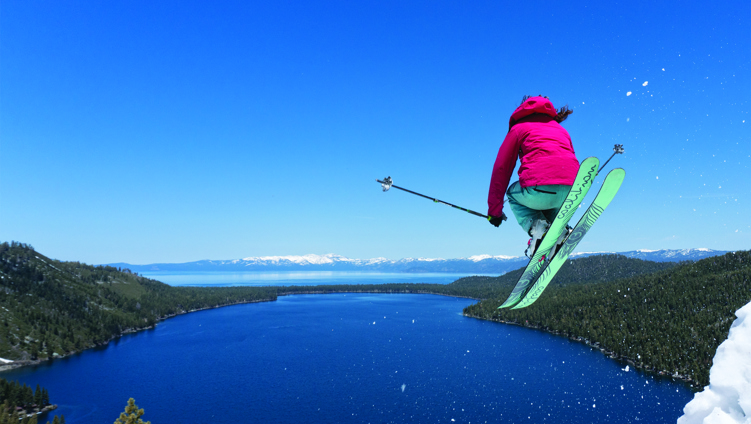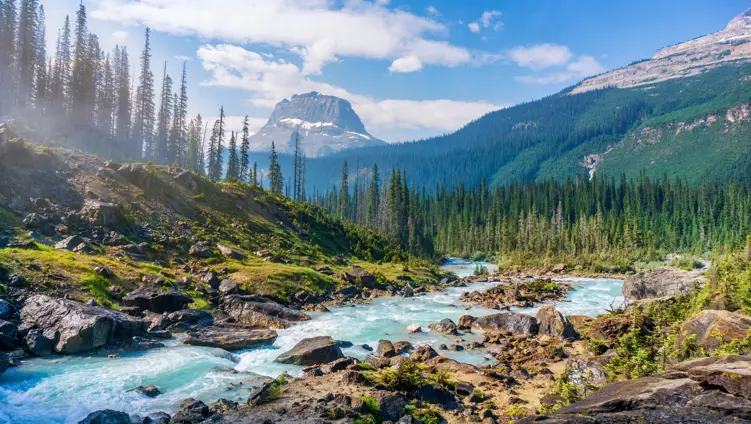
Emily Alice Spivey returns to Sarn Bach, to her late grandma’s house, and walks the land with grief and future stewardship in mind.

Emily Alice Spivey returns to Sarn Bach, to her late grandma’s house, and walks the land with grief and future stewardship in mind.
I wanted to feel close again. Not the stroke of sun beaming through the cracks in the mauve curtains, or Fingal's speckled paw scratching at the door. It was a desire for nearness that woke me, drenching everywhere I turned in this house, along this road on this peninsula we'd arrived at late last night.
I'd been coming to Sarn Bach, an offspring village of Abersoch, since I could remember. Every year, summer was marked by a return to our house on the hill, Gwynfor. The off-white and blue of the exterior (characteristic of coastal architecture in Britain) evoked a deep sense of familiarity, one that sinks into your bones. It was a part of us, the architecture of our lives, and every time the oddly circular driveway blazed into view under our headlights, we felt we were a part of this place as well.
Image courtesy of Emily Alice Spivey
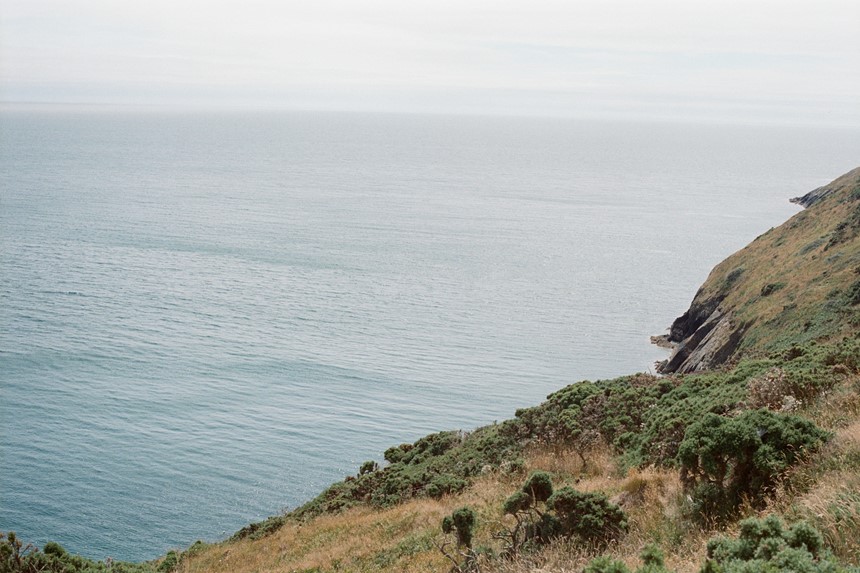
I'd travelled here with my sister and a few friends, which was the right decision this year, I knew. People were still processing what they had lost, and we all needed to follow whatever threads were pulling us forward, to tug our own way along the lines back to her. The way had always been indefinite here, but I think that's why we liked it. For a family so big - thirteen cousins in one generation alone - we needed options that led to the same outcome, so people could follow their own compulsions and still end up together at the end. For me, that morning, I had been dreaming of a track where dusty ferns gathered, along which I could wander either way and it wouldn't matter. I stood up, slipped my shoes on and headed outside.
'For me, that morning, I had been dreaming of a track where dusty ferns gathered, along which I could wander either way and it wouldn't matter. I stood up, slipped my shoes on and headed outside.'
Memories of the annual drive up to Gwynfor are shaped by the spirals of one woman’s handwriting, scribbles I’d found on paper all over her house after she passed: notes tucked into the dusty walls of books, recipes spilling out of the box on the corner shelf by fraying, floral curtains, the final shopping list stuck to the fridge. Each brimmed with her voice, just like the directions I would read aloud from yellowing sheets in the passenger sheet of my mother's maroon Corsa, guiding us.Even when the sprawling wires of our first sat nav rendered her spiel outlining two routes - the quick dart up or the more scenic weave through the Snowdonian mountains - unnecessary, we still kept them in the glove compartment. They are still there now.
Image courtesy of Emily Alice Spivey
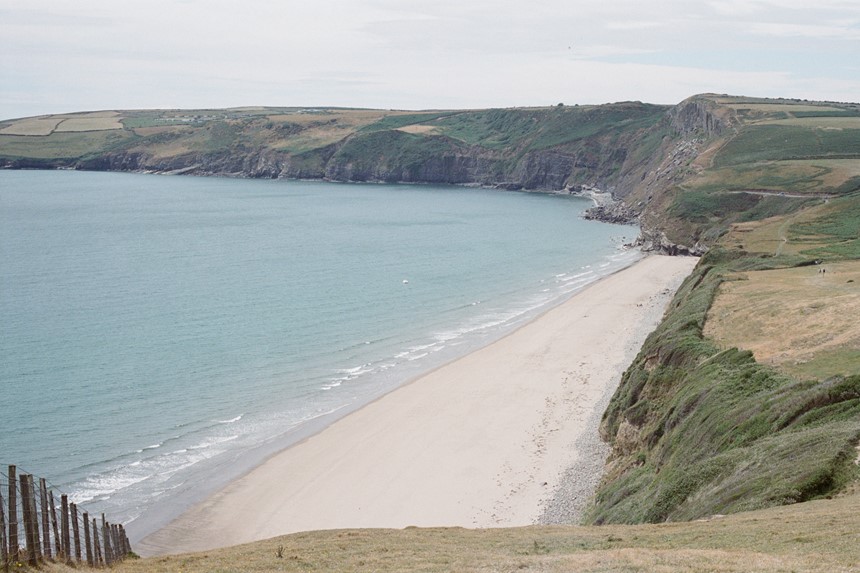
Hugging the ground with my Vivobarefoots, I chose the most acute descent down to the first beach. From the beginning, Porth Ceiriad has felt like a secret we shouldn’t know about, tumbled out of the hands of someone who wasn’t aware just how precious a jewel they were holding. I often imagine what it was like for my Granny and her siblings to have discovered it for the first time with their parents, a warm glow they imparted to my father, my mother and then me. I was grateful to her, to them all, for showing and sharing it with us.
The rain started somewhere between me leaving the house and the steep steps down to the sand. I knew, as a protective mechanism, I wouldn't feel much to begin with. When it came into view, there was no immediate surge of emotion. This beach was too much like family to me for that, even with the wind picking up and my feet wet through.
As I turned to see the large, angular rocks around the edges, layers of the earth formed over millions of years, I was reminded of the rich history of this beach long before we started coming here, before anyone did. Listening to the fervent birdsong coming from the cliff tops, I started on the track that leads on from Porth Ceiriad, following the coast round to Machroes.
Image courtesy of Emily Alice Spivey

“Slow down or you might catch sight of it.” Her voice was as clear in my mind as it had been the day she spoke those words. Looking up to the rich score of red soil that forms the steepest part of this exposed passage along the Mynydd Celan headland, my pace quickened with the same vigour I had as a child. The path was steeped in memories, and they were coming back.
“Take one step further and you won’t get a brownie.” She had chosen her usual ultimatum, one she knew would stop me in my tracks. It had then and still did now. I turned back to look at the beach from above, layers of waves building behind one another before reaching the shore, the expanse of it, still empty. I hoped it would stay that way, fearful of swathes of people discovering our gem in recent years due to the newly installed car park, anxious their presence would cloud my access to her, somehow. I went back to walking, unable to pause for too long.
Image courtesy of Emily Alice Spivey
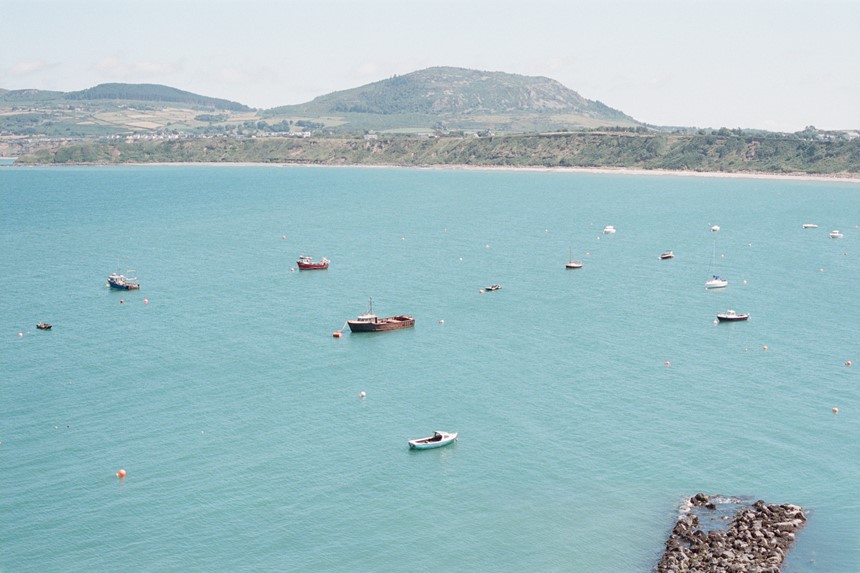
Like any coastal path, the route winds in a way that convinces you the end is surely coming, before spilling out onto another strip of ground. Looking down and over the sides, the surface shimmers at these points, even in bad weather. The tilted angle of ancient rock streaks out into the ocean and at some point disappears under the surface. Having spent much of my life tracing this same path, part of me still felt like there are mysteries to it, my own knowledge of the place yet to be encountered.
It took the rain easing to coax my eyes back up from the water below and realise I'd reached the point halfway between the two beaches, signified by St Tudwal's archipelago. Cutting a similar silhouette of solitude to mine, I looked across the ocean to the pair of islands on the horizon, thinking of the purchase of the western isle by Bear Grylls in the early millennium. Back at Gwynfor, the 'Sea Room' by Adam Nicholson lies open next to my bed, a memoir about his inheritance of three Hebridean islands off the western coast of Scotland. In it, he shares his thoughts about his claim to the Shiant Islands and what those stretches of land mean to him.
Image courtesy of Emily Alice Spivey
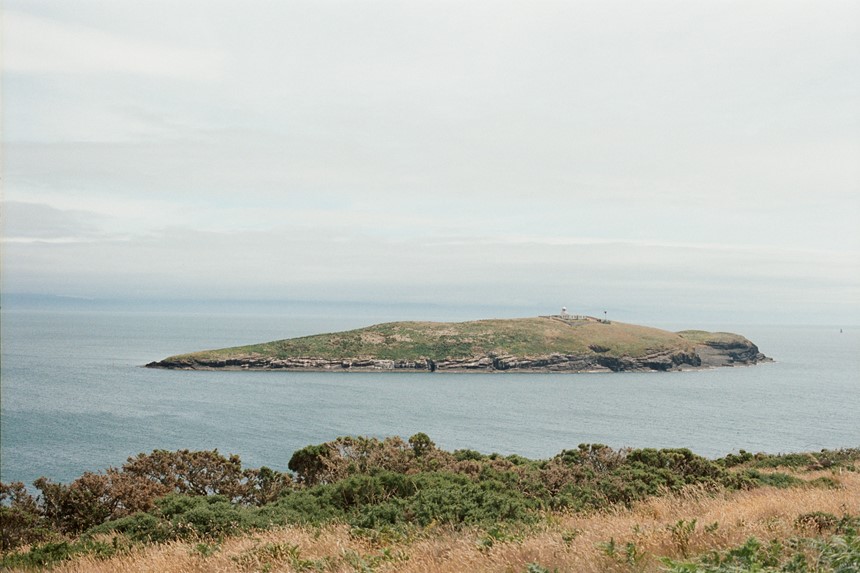
I walked until I reached the bench where I'd been running to that day with Granny, the memory crystallising in my mind as I sat. This had always been the spot to come to with the hopes of seeing a dolphin in the waters off the coast - she'd taught me that. The image of her rummaging around in her backpack and wielding a rusting tin of brownies enveloped me as I pondered how much she knew about this place - whether her parents, my great grandparents, had imparted knowledge built over their summers spent here, or if she'd gone seeking intimacy with the land herself.
The sudden squawk of a seagull pulled my eyes back down to where the ocean and the land met. It stood announcing itself on the edge of a rock, beak open, the swell of its voice emanating from its throat. I realised I'd come out here to find more of my memories, of her and of North Wales. Memories that seemed too remote to access anywhere else. I sat for a while longer, letting them announce themselves as the seagull continued to call, my searching no longer necessary as thoughts of her came and comforted me.
'I realised I'd come out here to find more of my memories, of her and of North Wales. Memories that seemed too remote to access anywhere else.'
Beyond the bench, Tremadog Bay pooled into view. It wasn't quite clear when I had started walking again, but I reached the final bend as the rain paused, the sky clearing suddenly, as it did by the coast. Keeping my eyes on the hazy points as Abersoch widened in front of me, I rose up the final trig to welcome the bay in its fullness. Looking out across what we'd shared together, I thought about where I stood in relation to this land; what my claim looked like, now she wasn't around to guide me.
It was then, after I'd dispensed with my searching self and let the memories come, the coastal path evoking them, that a dolphin appeared. Underneath the surface of the water, I saw it, I swear, a fin about to break the blue - a familiar sight cutting through the lifting mist. Like water does when you see a dolphin, the current rippled in circles from where it floated in the vastness, revealing itself to me.
Away from where I'd always looked with her, I gazed across to this creature that called the Llyn Peninsula home, and felt the place reach out to me. With the grass wet at my ankles, the deep history of the coast met me here, aware it still had so much to share. Its mystery sparkled like the surface of the sea as the sun broke through the clouds, and I knew a new chapter was starting for the next generation of us following in the footsteps of our ancestors.
Grateful for their guidance, it was time to embark on our own journey with the land, with hands outstretched, waiting to guide our own children one day as they take their first steps into a kindred adventure with this place.
